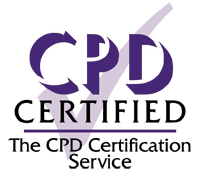1 November 2015
| Suki Ahluwalia
This is a very nicely written overview of this difficult condition by two expert rhinologists with a tertiary practice. The genetic basis, pathophysiology, diagnosis, natural history and available management options are all discussed. Clearly there is a large spectrum of...

